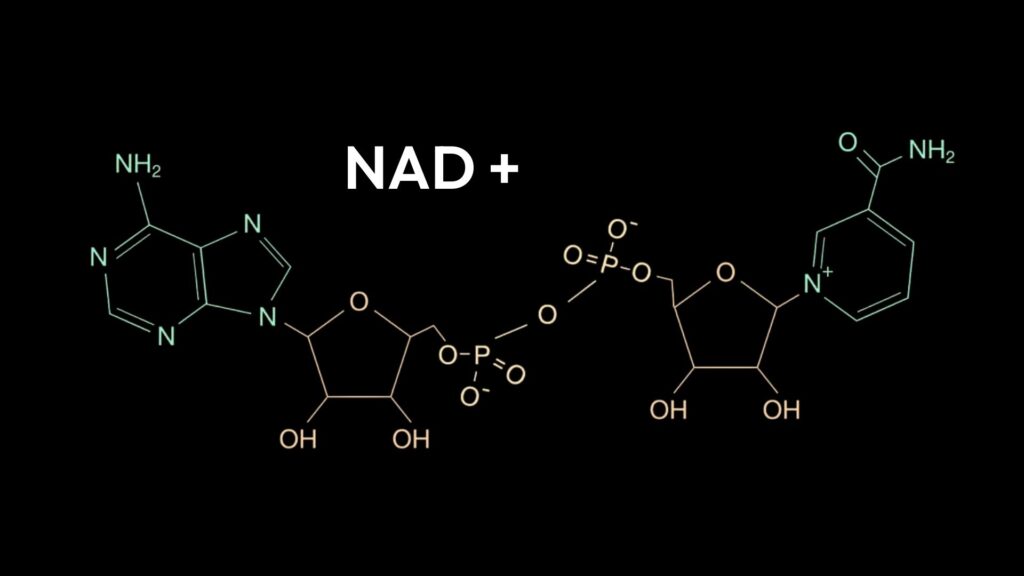Nicotinamide adenine dinucleotide, commonly known as NAD+, is a coenzyme found in all living cells and plays a crucial role in various biological processes. As a key player in cellular metabolism, NAD+ is involved in numerous functions that are essential for the overall health and well-being of an organism. This article aims to explore the diverse functions of NAD+ and shed light on its significance in maintaining cellular homeostasis.
Energy Metabolism:
One of the primary functions of NAD+ is its involvement in energy metabolism. NAD+ serves as a crucial coenzyme in the processes of glycolysis, the tricarboxylic acid (TCA) cycle, and oxidative phosphorylation. During glycolysis, NAD+ acts as a cofactor in the conversion of glucose into pyruvate, producing energy in the form of ATP. In the TCA cycle, NAD+ facilitates the transfer of electrons, contributing to the production of high-energy molecules. Additionally, in oxidative phosphorylation, NAD+ is involved in the electron transport chain, playing a pivotal role in ATP synthesis#.
DNA Repair and Maintenance:
NAD+ is integral to the maintenance of genomic stability through its involvement in DNA repair mechanisms. Poly (ADP-ribose) polymerase (PARP) enzymes, which utilize NAD+ as a substrate, play a crucial role in the repair of damaged DNA. In response to DNA damage, PARP enzymes are activated and utilize NAD+ to synthesize poly (ADP-ribose) chains, facilitating the repair of DNA breaks and maintaining genomic integrity
Sirtuin Activation and Longevity:
NAD+ is a key regulator of sirtuins, a family of proteins involved in various cellular processes, including DNA repair, cellular senescence, and energy metabolism. Sirtuins are dependent on NAD+ for their enzymatic activity, particularly in deacetylating proteins and modulating gene expression. The activation of sirtuins has been linked to increased longevity and improved health span, making NAD+ a potential player in the quest for longevity.
Cellular Signaling and Stress Response:
NAD+ also participates in cellular signalling pathways and stress response mechanisms. It acts as a substrate for enzymes involved in signal transduction and cellular response to stressors. NAD+ levels have been implicated in the regulation of various cellular processes, including cell cycle progression, apoptosis, and response to oxidative stress1.
Mitochondrial Function:
Mitochondria, the powerhouse of the cell, heavily rely on NAD+ for their proper function. NAD+ is a coenzyme in mitochondrial electron transport chain reactions, facilitating the generation of ATP. Maintaining adequate NAD+ levels is crucial for optimal mitochondrial function and cellular bioenergetics.
In summary, NAD+ is a multifaceted molecule with diverse functions that are indispensable for cellular health and function. Its involvement in energy metabolism, DNA repair, sirtuin activation, cellular signalling, stress response, and mitochondrial function underscores its pivotal role in maintaining cellular homeostasis. The exploration of NAD+ and its functions holds promise for advancing our understanding of cellular biology and developing potential interventions for age-related diseases and other health challenges.




